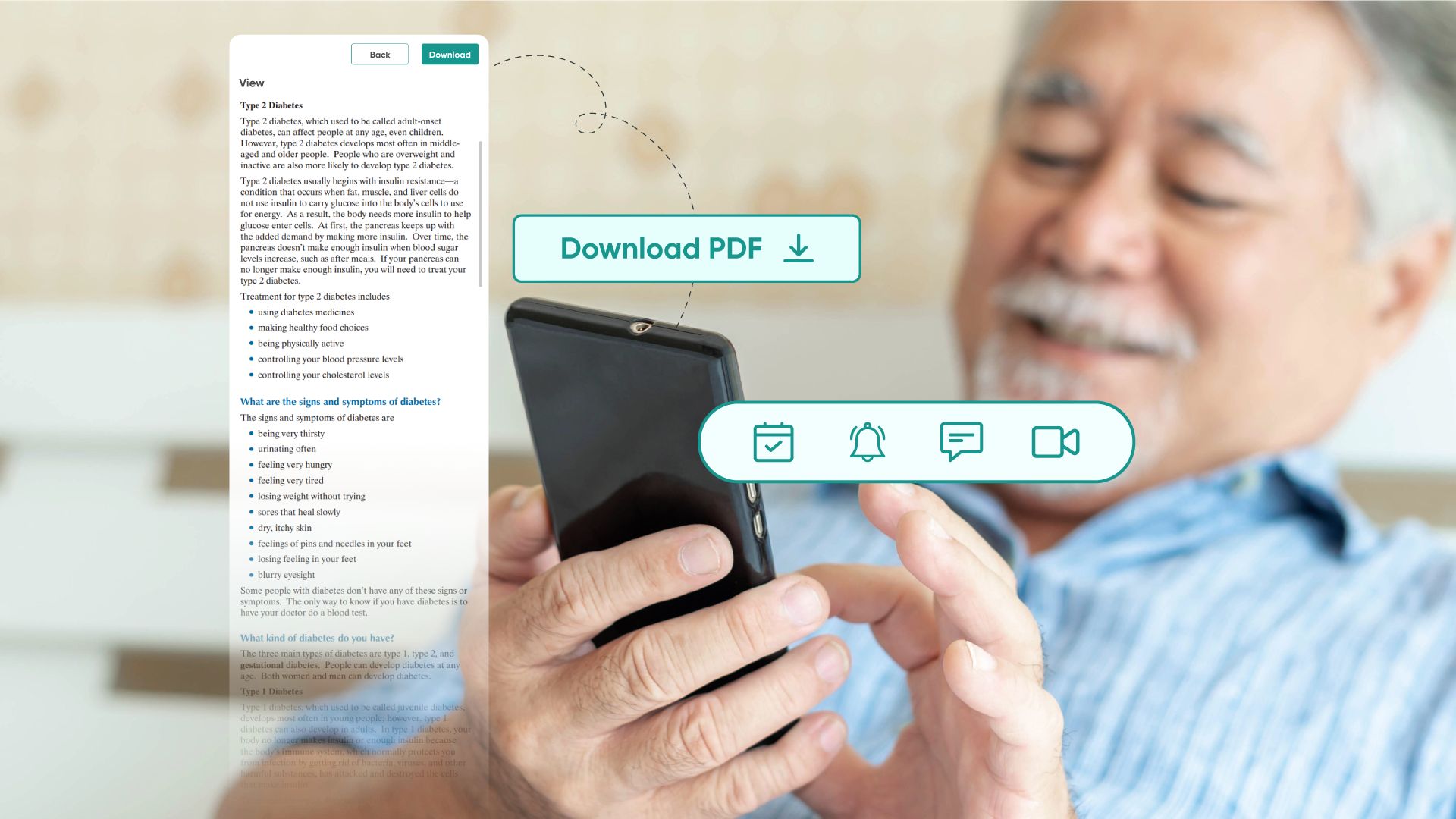Client Background
A well-versed client based in Alaska operated a primary healthcare setting, mainly delivering services to patients affected by chronic conditions. The client managed the patient through a traditional healthcare setting with in-person visits, follow-ups, and consultations.
The client has managed hundreds of patients with an experienced medical and administrative staff. The client's ultimate goal is to deliver improved patient-centered care and obtain expected patient health outcomes.
Business challenges
While managing hundreds of patients over a long time the client has identified that it is getting difficult to increase the patient's confidence about the treatment and their health and also the satisfaction levels.
Some of the business challenges faced by the client that affected the patient’s confidence and satisfaction are:
1. Difficulties in maintaining patient’s medical records
The client’s healthcare setting maintains paper-based medical records of patients. Often, patients need to bring the medical records file with them for consultation. Due to the lack of centralized patient medical records, it becomes difficult for care providers to access them and make prompt decisions about patients' health.
This lack of accessibility to patient medical records hampered the quality of care and effective decision-making, resulting in increased hospital readmission rates and emergency visits.
2. Inadequate patient-provider communication
Traditional healthcare settings require frequent in-person visits for consultation to monitor patients' health conditions, guide them about their health, and follow the prescribed treatment plan. Traditional healthcare settings lack communication facilities, which creates communication gaps between care providers and patients that affect the patient's health outcomes and quality of care.
3. Patient health real-time monitoring
The client’s traditional healthcare settings lack teleconsultation and remote monitoring facilities, which prevents care providers from tracking the patient's health progress and leads to complications. This is a crucial reason for the low patient satisfaction levels.
4. Patient treatment adherence
Chronic condition management requires a prolonged duration. Hence, the patients did not adhere to the treatment plan, as they needed to follow the prescribed daily routines, such as, such as medications, exercise, sleep patterns, diet, etc. This non-adherence has affected the 'patients' health outcomes and satisfaction levels.
Solution
Facing these challenges over a long period, the client has identified the need for care coordination software that streamlines the practice workflow and plays a crucial part in obtaining increased patient satisfaction levels.
The client approached Medarch Inc. to implement the eCareMD software, which enables improved care coordination. After several requirements-gathering sessions, demonstrations, and final approval from the client, we implemented the eCareMD software into the client’s practice.
After implementing eCareMD software the client has experienced improved patient confidence and satisfaction levels.
Solution Highlights
Our eCareMD software is equipped with technological advancements and functional capabilities that help care providers obtain improved patient satisfaction levels and confidence.
1. Centralized patient medical information
The eCareMD software enabled care providers to update the patient’s medical records in the software and access them in real-time. From the initial health assessment of the patient till graduation from the program, the software keeps the records of care plan assignments, monthly updates in the care plan, physician signoff and remarks, and patient health vitals in case of remote patient monitoring. This access to patient medical records enables care providers to make prompt decisions on patient health and deliver more patient-centered care.
2. Inbuilt communication capabilities
Increased patient-provider communication is the most crucial aspect of obtaining expected patient health outcomes. The eCareMD software enabled various care providers like nurse staff, physicians, doctors, and lab technicians to communicate using secure voice calls and messages. Also, the care providers can communicate with patients in real-time using the secure voice/video call, text message, and chat functionality.
These communication facilities have increased patient-provider communication helped them interact more about patient health status and concerns, and guided them to follow treatment recommendations. This improved communication has increased the patient's confidence.
3. Alerts and Notifications
To enhance preventive health care delivery and reduce patient health complications, the eCareMD software helped care providers make necessary interventions after receiving the alert generated for changes in patient health vitals. On-time manual intervention by care providers helped gain patient confidence and obtain expected health outcomes.
4. Reminders and educational material functionality

Keeping the patient engaged throughout the treatment is a significant challenge for the client. Our eCareMD software allows care providers to schedule reminders for appointments, medication, etc., that notify patients to complete the activity on time. Our software has also enabled care providers to send educational materials to empower patients about chronic conditions and the benefits of following treatment recommendations. These coordinated activities toward patient wellness have gained the patient's confidence.
Value Delivered
1. Easy Accessibility to patient medical information
Using the eCareMD software, care providers were able to access and update the patient's medical records. This structured, easy accessibility helped care providers make prompt decisions about patient health.
2. Improved patient-provider relationship and confidence
Platform-based secure communication channels like voice/video calls, text messaging, and chat have increased communication between care providers and patients, thus increasing the patient's confidence.
3. Increased preventive healthcare delivery
Alerts and notifications feature helped care providers reduce hospital readmissions and emergency visits.
4. Increased patient confidence and satisfaction
Features like customizable reminders, educational material, alerts and notifications, and secure communication facilities helped achieve higher patient satisfaction rates and confidence.

